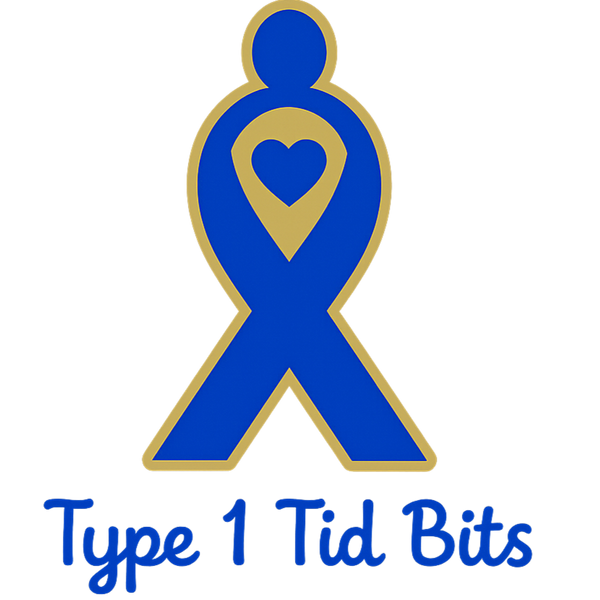1919–1920 – Banting’s Idea
-
Frederick Banting, a struggling young surgeon in London, Ontario, reads a medical article that sparks his imagination.
-
The piece describes the relationship between the pancreas and diabetes. Banting hypothesizes that tying off the pancreatic ducts would allow the destructive digestive enzymes to disappear, leaving behind the islets of Langerhans that might produce a mysterious “internal secretion” capable of controlling blood sugar.
-
Though Banting has little research experience, this idea becomes the seed of one of the most important medical breakthroughs of the 20th century.
May 1921 – Macleod Provides Resources
-
Banting presents his idea to John J.R. Macleod, a respected professor of physiology at the University of Toronto.
-
Initially skeptical, Macleod eventually agrees to give Banting access to a small laboratory, ten experimental dogs, and basic funding.
-
Macleod also assigns Charles Best, a bright 22-year-old medical student, to assist Banting over the summer. This partnership becomes crucial to the success of the project.
Summer 1921 – Banting & Best’s Dog Experiments
-
Banting and Best spend long days and nights operating on diabetic dogs, surgically removing or tying off parts of their pancreas.
-
They manage to extract a crude preparation from the islet cells, which they name “isletin.”
-
When injected into diabetic dogs, this extract dramatically lowers blood sugar levels and relieves symptoms, offering the first real proof that their theory might be correct.
-
Despite the excitement, the extract is inconsistent and impure, often making animals very sick.
Late 1921 – Collip Joins the Team
-
Recognizing the need for a skilled chemist, Macleod brings in James Collip, a biochemist on sabbatical at Toronto.
-
Collip applies his expertise in purification techniques, working tirelessly to refine the extract so that it could be made safe for human patients.
-
His contribution is critical: without purification, insulin would never have been usable in people.
January 1922 – Leonard Thompson’s Treatment
-
Leonard Thompson, a 14-year-old boy in Toronto dying of diabetes, becomes the first human to receive insulin.
-
The first injection, made from Banting and Best’s extract, is too impure and causes a severe allergic reaction.
-
After further purification by Collip, Leonard receives a second injection on January 23, 1922. This time, the results are dramatic: Leonard’s blood sugar drops, his symptoms improve, and his life is saved.
-
The success marks the beginning of a new era in diabetes care.
1922 – Expansion of Treatment
-
More diabetic patients are treated with purified insulin, with life-saving results.
-
Word spreads rapidly around the world. Families travel great distances to Toronto in hopes of securing insulin for loved ones.
-
The extract is soon being mass-produced with the help of pharmaceutical companies, ensuring that supply can meet the desperate demand.
1923 – Nobel Prize & Recognition
-
The discovery is hailed as a miracle, transforming diabetes from a fatal disease into a manageable condition.
-
The 1923 Nobel Prize in Physiology or Medicine is awarded to Frederick Banting and John J.R. Macleod.
-
Outraged that Charles Best was excluded, Banting shares his prize money with him.
-
Macleod, in turn, shares his portion with Collip.
-
History comes to recognize the “Toronto Four” — Banting, Best, Macleod, and Collip — as co-discoverers of insulin.
✨ In just three short years, an idea in a struggling doctor’s notebook became a treatment that saved millions of lives — a true medical revolution.

